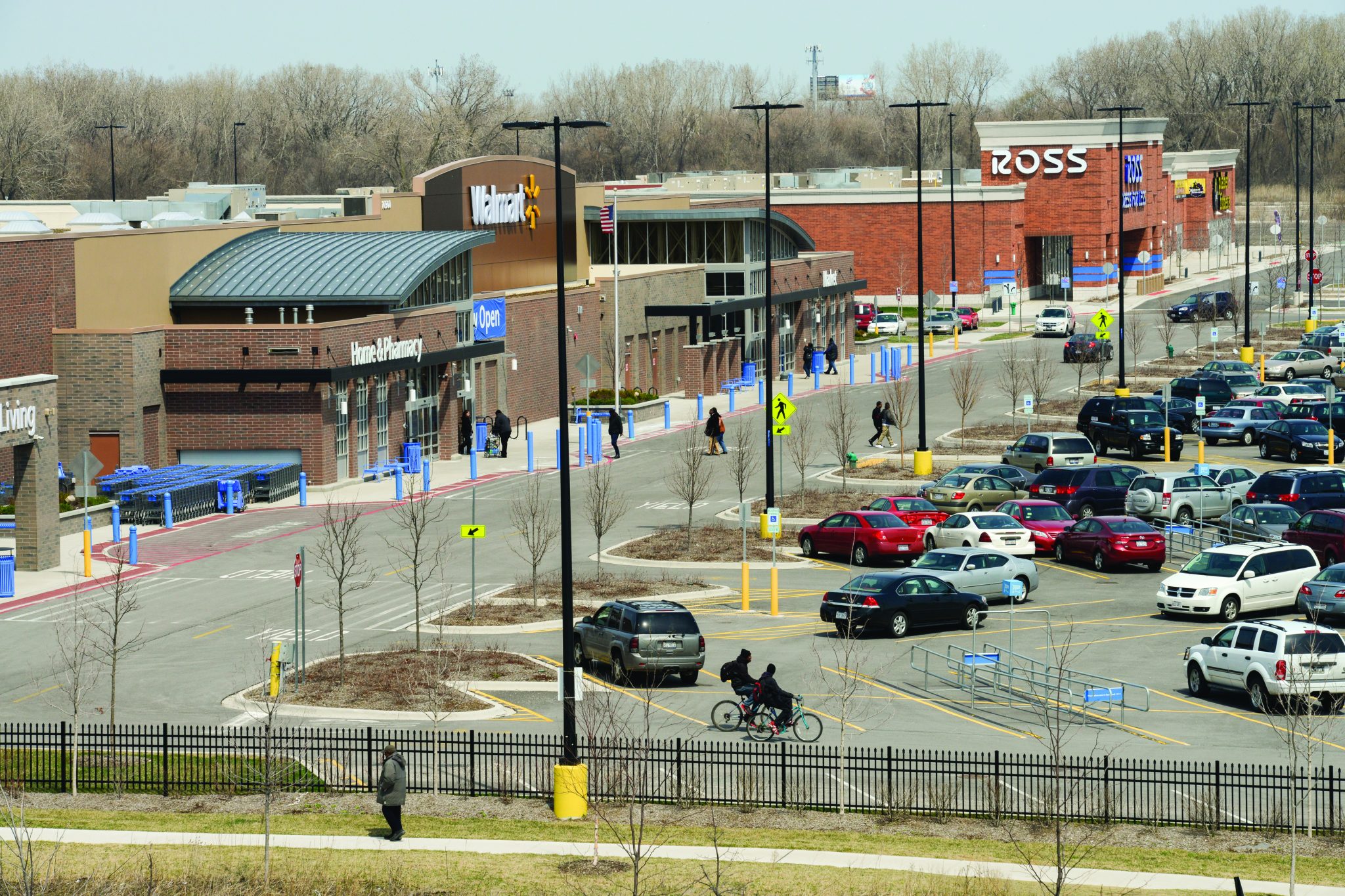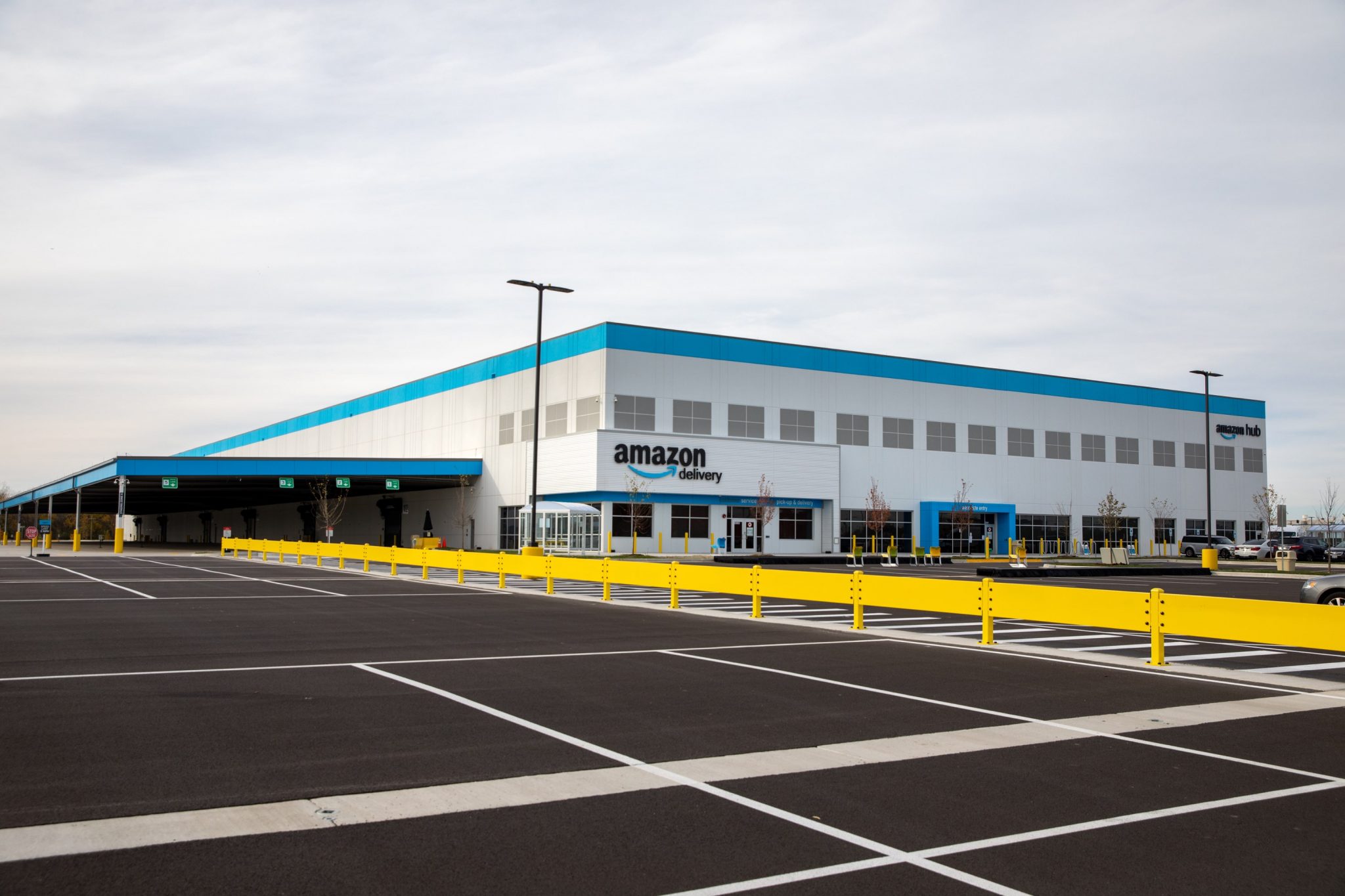We at Chicago Neighborhood Initiatives – from our varied experience in planning, organizing and finance STRONGLY believe it is possible. Working together with partners in Chicago’s Pullman neighborhood, we have tangible confirmation of our beliefs.

Here, after a decade of planning, partnership, and hard work, we see vacant homes restored and affordable to renters and owners alike, and vacant land transformed into needed industries, stores, restaurants and other amenities. As important? Of the nearly 2,000 new jobs created – most are filled by those who live in the community.

Pullman is often seen as exceptional; it need not be. While the efforts of residents and elected officials are exceptional, the building blocks of transformation are not. From our experience, the elements for success Include:
An asset-based perspective that focuses and builds on elements such as institutional strength, local organizational strength and resident involvement, proximity to transportation corridors, workforce assets and even elements that are often considered problems such as vacant land, abandoned buildings and even high unemployment numbers.

A comprehensive approach to redevelopment that understands the essential importance and interplay of an array of housing options, robust business development (jobs and services) and amenities (schools, parks, recreational facilities, restaurants and more) that are found in vital, sustainable communities.
A commitment to community-driven development plans that reflect, and thus have the buy-in, of the community and its elected and organizational leaders, whose efforts are needed for success.

Finally, an approach that sees the work not as alleviating poverty but helping to create wealth for individuals, families, businesses, and the community alike.
While the context and specifics vary, it is foundational nature of these pillars which make them applicable to the other areas in which we are now working including the Chicago southside communities of Roseland and Bronzeville and the west side communities of Austin and North Lawndale – communities which we believe will also be models for what is possible in every community.













